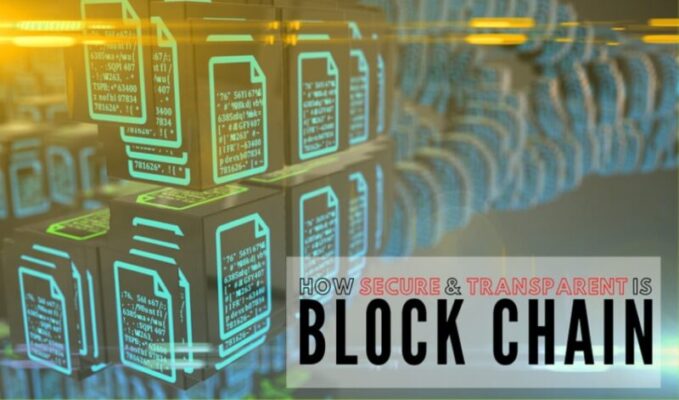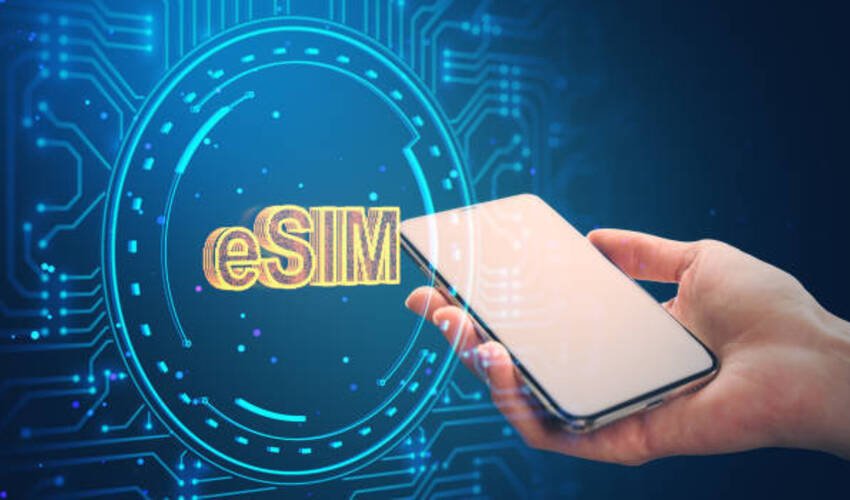Blockchain technology is dubbed as the new and safer Internet. More and more industries are looking into this technology for a more transparent and secure way of operations and record-keeping.
In Blockchain, digital data can be distributed without being tampered with or copied, creating a safer digital environment than what the current Internet has to offer.
“Blockchain is to Bitcoin (a digital currency using bitcoin currency), what the internet is to email,” says Sally Davies of FT Technology. She further describes Blockchain as a “big electronic system, on top of which you can build applications. Currency is just one.” (Blockchain Revolution: Understanding the Crypto Economy of the Future/Bradley Lakeman © 2018)
Initially devised for Bitcoin or cryptocurrencies, the digital community is now seeing the enormous potential of Blockchain technology in other industries. For instance, you’re now seeing gaming crypto in the gaming industry, where users can earn cryptocurrency and online tokens by playing a variety of online games.
Blockchain first debuted when a group of researchers in 1991 initially meant to put digital timestamps, just like in a notary, to keep digital documents from being tampered with.
Later on, Merkle trees were integrated into the design. It made Blockchain more efficient because several document certificates can now be collected into a block.
Each block and all the data it carries encrypted information distributed into several nodes or computer devices. All these devices within Blockchain check and validates every time data or information is added or appended.
By 2008, a group called “Satoshi Nakamoto,” used Blockchain for Bitcoin.
A whitepaper was released by the same group called Bitcoin: A Peer to Peer Electronic Cash System. It described Bitcoin as a “purely peer-to-peer (P2P) version of electronic cash.” By 2009, Blockchain went public. It is from that point that Blockchain gained momentum and slowly went mainstream.
By 2014, experts saw higher purposes for Blockchain beyond the bitcoin.
Today, Blockchain is still transforming different industries and businesses. It continues to make change the way we do things in industries such as healthcare, pharma, education, legal, government, and of course, cybersecurity.
Security experts are using Blockchain to strengthen cybersecurity systems against and bring it to a whole new level.
Since it is a P2P system data management system, it removes intermediaries or middlemen, which the Internet still heavily relies on. It is the fact that Blockchain gives a level of protection and transparency that the Internet has failed to give that more and more industries, businesses, and individuals are turning towards Blockchain.
In a market that has suffered heavy blows in cyberattacks, malware, and data privacy breach, Blockchain is slowly becoming a more logical and smart business choice.
What Makes Blockchain Secure (Elements of a Blockchain)
What makes Blockchain secure is the elements that make it what it is. Here are the elements of what every Blockchain contains:
- Data: database, sensitive files, financial transactions, home records, medical information, voting records, and the like.
- Hash Function: it is a mathematical formula with a variable number of characters that turns into a string with a set number of characters. The slightest change in the string can create an all-new hash, accessible, or seen by every user in the blockchain.
A digital timestamp or fingerprint is created whenever a block is made. A hash is automatically generated and distributed throughout the entire Blockchain so that any duplication or tampering of data is detected immediately.
- Hash of the prior block: every block after the Genesis block (first block) will contain a unique hash function, plus the unique hash function of the block previous to it. Tampering even with a single block invalidates the entire blockchain because the recorded hash function will be different.
It is this formidable hash system that makes Blockchain as secure and as transparent as it is.
Is Blockchain Secure and Transparent? (Characteristics of Blockchain)
Blockchain definitely is a disruptive technology, changing and challenging the way we do things against existing systems like the Internet. Although it does not mean that the Internet will be phased out in the future. But technologies like the Blockchain augment where the Internet is lacking. It provides security, trustworthy options, something that current markets and regular users are searching for.
See how Blockchain’s characteristics enable it to be secure and transparent.
-
- Blockchain is democratized – it has no central authority, and information is open for all users in the Blockchain to access because it is a shared, immutable ledger.
-
- Blockchain is decentralized – no single entity owns the data within a Blockchain. All data is also cryptographically stored, making it tamper-proof.
-
- Blockchain is immutable – It is close to impossible to modify or tamper with the information within a Blockchain. All user’s nodes or computer device within a Blockchain, numbering anywhere from hundreds to thousands, would have to approve any change done in the Blockchain simultaneously.
Amendments are added as additional blocks. Users will also get to track and access the information about these changes. Never can these changes be applied, however, by changing an existing block.
If by some unbelievable miracle, a hacker succeeds to hack the hundreds or thousands of nodes within a Blockchain to “approve” a change to a block, the unique hash system will still invalidate the Blockchain.
-
- The blockchain is transparent – all data created in a Blockchain is transparent and is accessible to all connected in the block. The data is also traceable because of Blockchain’s distributed ledger system.
It is why Blockchain can be used beyond Bitcoin into recording eCommerce transactions, recording medical database, store contracts, and other binding agreements. It is also used to improve touchless solutions in logistics because tracking and delivery of goods, tracing the origin, and validating the authenticity of items or contracts become efficient.
Conclusion: Blockchain Brings Cybersecurity to Another Level
Blockchain technology is becoming more and more in-demand as industries and enterprises look for heightened cybersecurity systems.
Blockchain adds blocks in the system that can deter cybercriminals and bots from conducting data privacy breaches and malware attacks. Whether you are a business person or an individual user in search for more secured networks, we need to know ways we can be hacked and how do we fight the attacks.
Blockchain is the future, and we need to start building trust today for tomorrow’s digital economy. The relevance of Blockchain will increase and give greater assurance in privacy, security, transparent access to information, and faster connectivity.

Mayleen Meñez worked for seven years in TV and Radio production, and also as a Graphic Artist/Editor. Finding her true passion, she devoted 15 years in NGO and community development work, where she experienced being a coordinator and teacher, traveling both in the Philippines and countries in Asia. She homeschools her three kids and reinvents Filipino dishes in her spare time. Writing has always been a hobby and pursuit, and she recently added content writing with Softvire Australia.





